How to Weigh COVID-19 Risks in a Brave New (Vaccinated) World
TL;DR: Everything is in place for the COVID-19 pandemic to end in America. The vaccines are working beautifully, even against new variants. But vaccine hesitancy remains a stubborn barrier to full normalcy, putting American on course to reach equilibrium, not eradication.
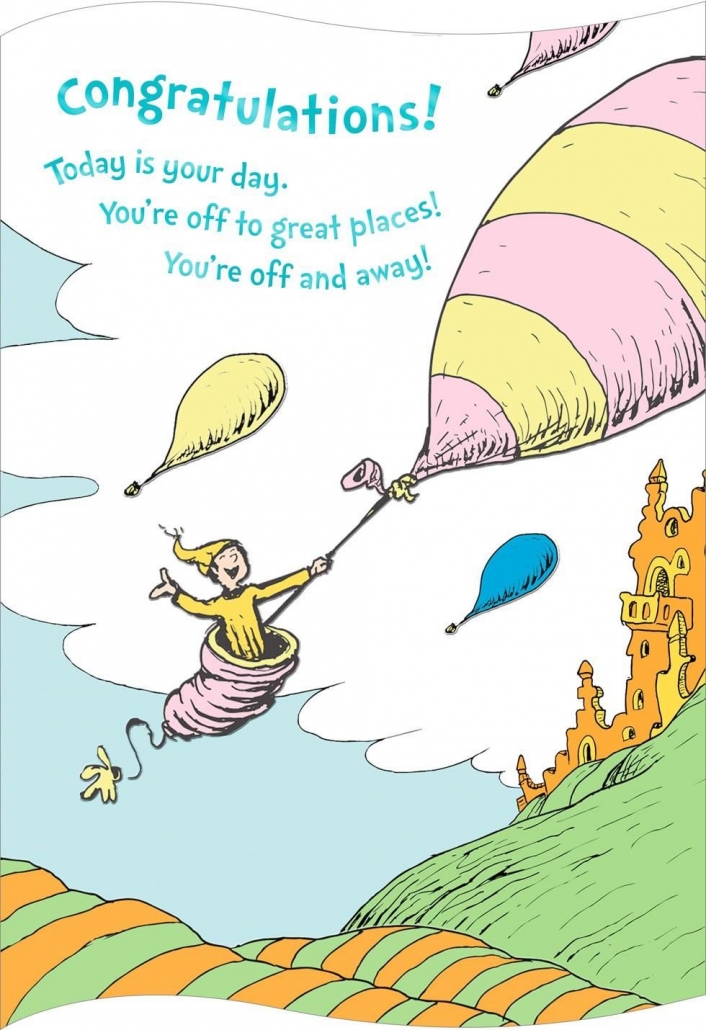
Ahead of last summer I was telling everyone they were fools for declaring the pandemic over and reopening too soon. Not this time. Unless new variants emerge that reduce vaccine effectiveness, the US trajectory is in good shape to continue a steady process of normalization. I’m bullish about the future.
The mRNA vaccines are rockstars. The data just gets better and better for the mRNA vaccines (Moderna and Pfizer). In a large study of breakthrough infections in vaccinated healthcare workers, only 1% got infected after one dose, and only 0.05% got infected after two doses*. The vaccines perform well against variants. No vaccine for any disease manages to protect everyone, but the COVID vaccines are similarly effective as the smallpox vaccine, which managed to eradicate the disease not just from America, but from the entire planet. In theory, if we could vaccinate enough people, we could eradicate SARS-CoV-2 not just from America but from the entire world, and never have to think about it again.
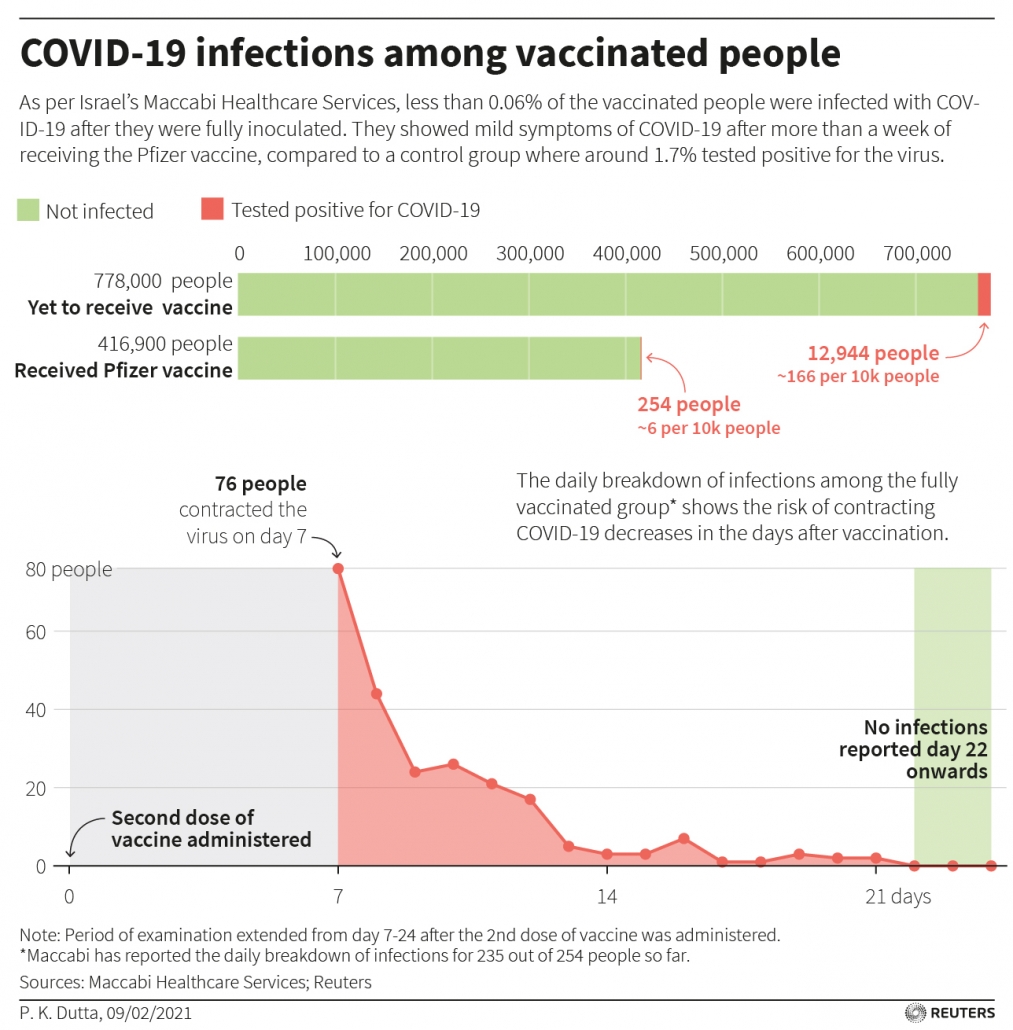
We won’t even reach herd immunity in America. For reasons that I explained last year, plenty of America is simply not interested in taking the COVID-19 vaccine, even with bribery. We all have friends and family who have explained to us why they are not getting vaccinated. Vaccine hesitancy is likely to be even stronger for kids. My son will get vaccinated as soon as it is available for his 2-year old age group, barring any new questionable data coming out of ongoing clinical trials. But a lot of parents are going to want to wait and see. I doubt school administrators will have the spine to require COVID vaccination for public schoolchildren the way they do for vaccines for other diseases like measles, mumps, rotavirus, and chickenpox. This could delay a return to normalcy for kids at school and potentially extend the wearing of masks and elements of social distancing. It is a tragedy that children continue to be the ones paying the biggest price for the mistakes of adults in mishandling the pandemic response and forgoing vaccination.

Kids do not need to wear masks playing outdoors. Given the delay in vaccine availability for young of schoolchildren, we need to begin seriously weighing risks of disease against normal freedoms to be kids. The time has come for kids to stop wearing masks when they play outdoors. The risk of COVID transmission is so low in outdoor settings AND kids are at low risk for symptomatic COVID infections. We have to get over our natural tendency to err on the side of maximum caution with children. It could be another six months or more before COVID vaccines are available for all kids over two. For those of us who live in Washington, DC where July humidity makes it suffocating to breathe under normal conditions, we cannot keep children bubble wrapped out of an undue abundance of parental caution.
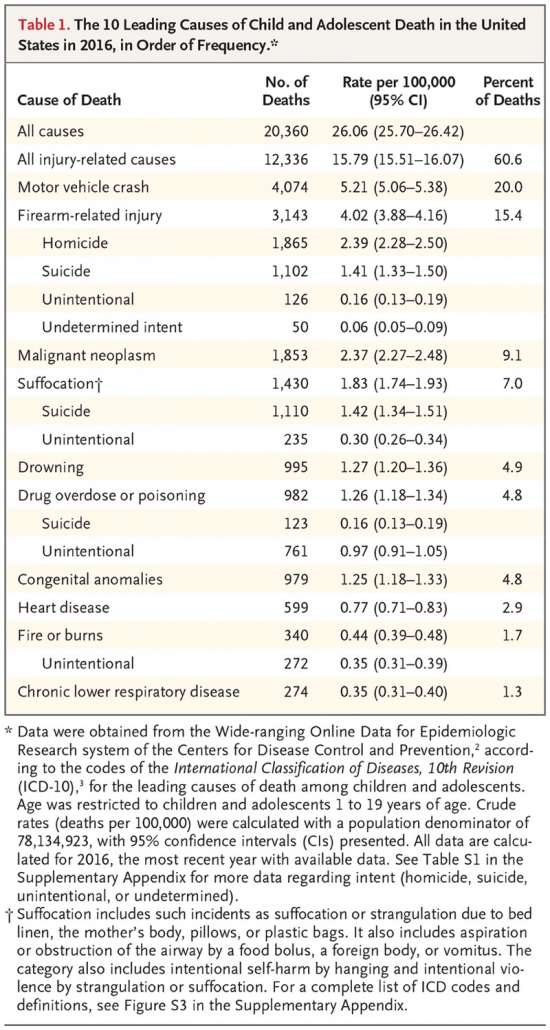

Keep wearing masks indoors in public places even if vaccinated. No, vaccine was not the get-out-of-jail-free card some expected. You still have to wear a mask when you buy your groceries, ride public transit, go to work, or take your dog to the vet. It’s not a bait and switch, it’s just that practically speaking businesses have no way to tell who is vaccinated or not and have no option other than to enforce mask wearing among everyone that comes through the door. This is the reality: as long as large swathes of the country’s adults remain unvaccinated business owners have no other choice.
What happens if we do not reach herd immunity? Strictly speaking, herd immunity is a number. But population immunity operates on a spectrum. Even if America does not meet the magical herd immunity threshold that will completely eradicate COVID within our borders, each additional person who is vaccinated helps cut off possible paths of COVID transmission and brings community cases down. Already we can see the impact of vaccination on the rapid fall of COVID cases nationwide, resulting in fewer opportunities for transmission to the individuals who remain vulnerable. We may never vaccinate enough people to exterminate COVID, but we can aim for an equilibrium where the virus percolates at such low levels that most American life is unaffected and spontaneous outbreaks are rapidly dealt with. Getting vaccinated is not just about protecting yourself, but the entire community. Americans who decide whether to get vaccinated based purely on cost-benefits to themselves are either missing the big picture or don’t particularly care for their neighbors.
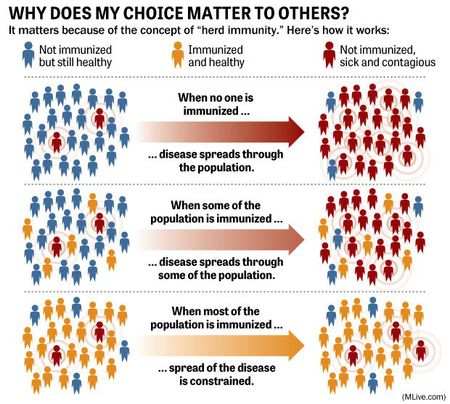
Variants present a threat to unvaccinated people. New variants emerging globally transmit at high rates, exploiting pockets of low vaccination. This has been evident in the UK where the India B.1.617.2 variant is currently exploding despite vaccination driving down cases of the previously circulating lineage B.1.1.7. This new epidemic is being driven by unvaccinated people and could threaten the country’s return to normalcy. The India variant has only begun to reach the US, but it has the potential to similarly exploit pockets with unvaccinated people.
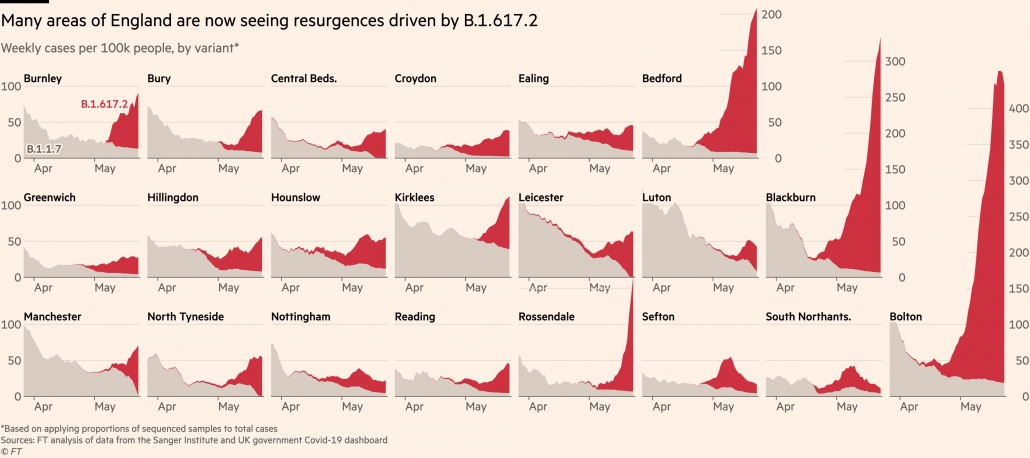
https://twitter.com/jburnmurdoch/status/1397995388267810818
Are there any activities vaccinated people should still avoid? The risk of breakthrough infection is so low (particularly for the 2-dose vaccines) that the path to normalization for vaccinated people is really a matter of personal comfort. That said, as the country begins to normalize there is a need to be respectful of friends and family re-socializing at different rates. Some vaccinated people will be ready to party like it’s 1999 and others will barely change their lifestyle. Neither group is crazy. We’re entering a new phase where the most important act of social responsibility is simply to get vaccinated. What people do after that is largely up to their own weighting of personal risk and proclivities. I happen to be an outdoors person who is in no hurry to return to indoor dining, museums, cinema, or shopping malls. Even if I know the risk of breakthrough infection is small, I know that the CDC is primarily tracking breakthroughs associated with hospitalizations and deaths. I’m acutely aware that a ‘mild’ COVID infection is still nothing to trivialize. The other day I ran with a friend who had a mild COVID infection six months ago and still is struggling to run normally. It is unknown how long it will take for lung function to recover. I derive so much happiness from outdoor activities that I am more than willing to forego most indoor exposures to eliminate even a small risk. But I openly accepted that others whose enjoyment derives from indoor sources will make entirely different risk calculations that better suit their proclivities. Given the natural variability in risk tolerances, it is best to ask direct questions, explicitly request permissions, and avoid assumptions. Can I get a hug? Have you been vaccinated? Just for the record, asking colleagues, associates, or friends about vaccination status is not an invasion of privacy or protected by HIPAA. It is a valid question in a society experiencing a deadly pandemic for which there are strictly different protocols for vaccinated and non-vaccinated persons.

When can I hold my 200-person indoor wedding? It is not crazy to expect life to continue to improve and normalize as more Americans get vaccinated and COVID levels recede. I encourage vaccinated people to be bullish about planning events and travel. At the same time, there is a need to be realistic. The path to normalcy is underway, but without reaching herd immunity there will be no flip of the switch. COVID will still be around in 2022 and lots of people will still be unvaccinated. Even if I am personally vaccinated, along with my family, would I invite 200 people of unknown vaccination status to a densely packed indoor event? How confident would I be that enough people would be vaccinated to prevent a superspreading event? Will the city even permit an indoor event that size? How much COVID will be circulating at that time? Would I be uncomfortable mixing unvaccinated guests from across the country with my elderly relatives who may not respond to vaccine as well? Will antibodies from vaccine have waned by next spring? Would it not be better to hold the event outdoors so the bride has one less thing to worry about?
What about the rest of the world? The world is being divided into tiers of rich countries with access to vaccine and many countries, rich and poor, without access to vaccine. While the top tier speeds towards normalcy, the lower tier burns. Even Japan is not on track to host the Summer Olympics in Tokyo. I cannot emphasize how important it is to get vaccine to every country as fast as possible. That is why it is doubly infuriating that millions of Americans are foregoing vaccines and precious doses are increasingly going to waste. If we could get America to herd immunity quickly we could turn our attention to other countries in need of supply. The longer Americans stubbornly hold out, the longer it will be before we can get vaccine to countries that desperately need it.
* These data should be interpreted within the context that a lot of COVID was circulating at the time of the study, but on the other hand this was a young population that tends to mount a strong antibody response following vaccination and less prone to breakthroughs.

Leave a Reply
Want to join the discussion?Feel free to contribute!